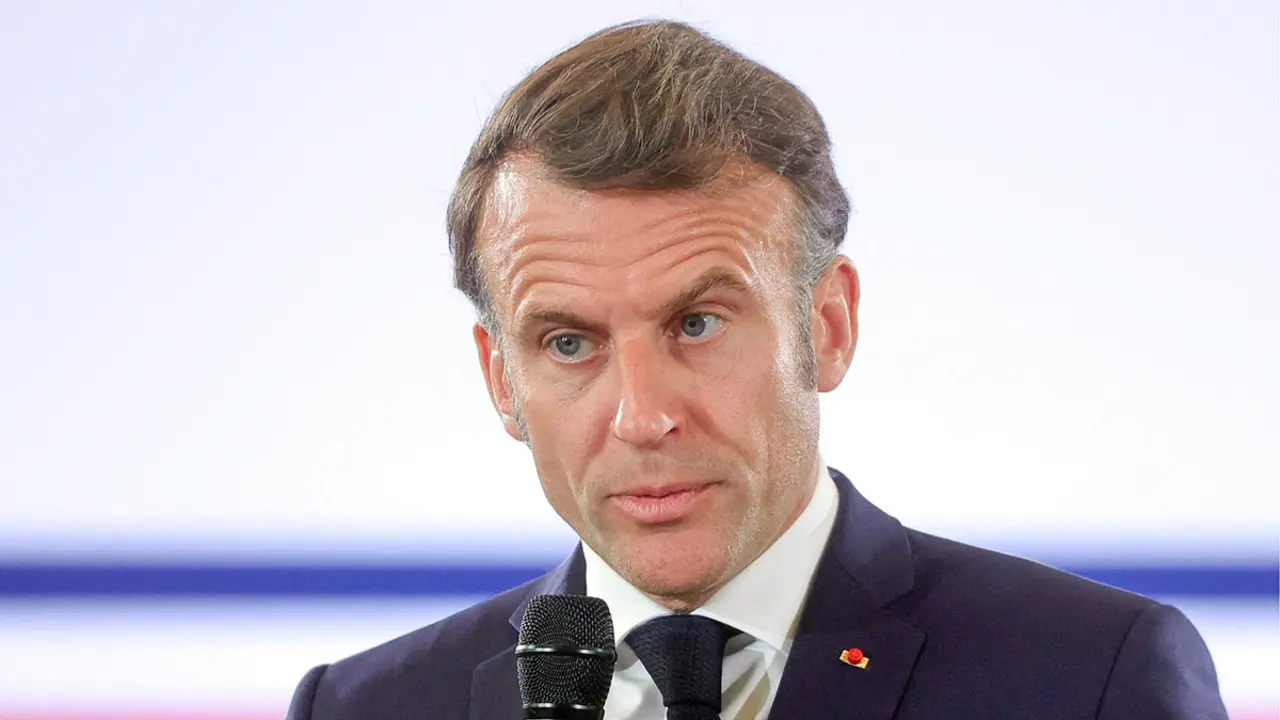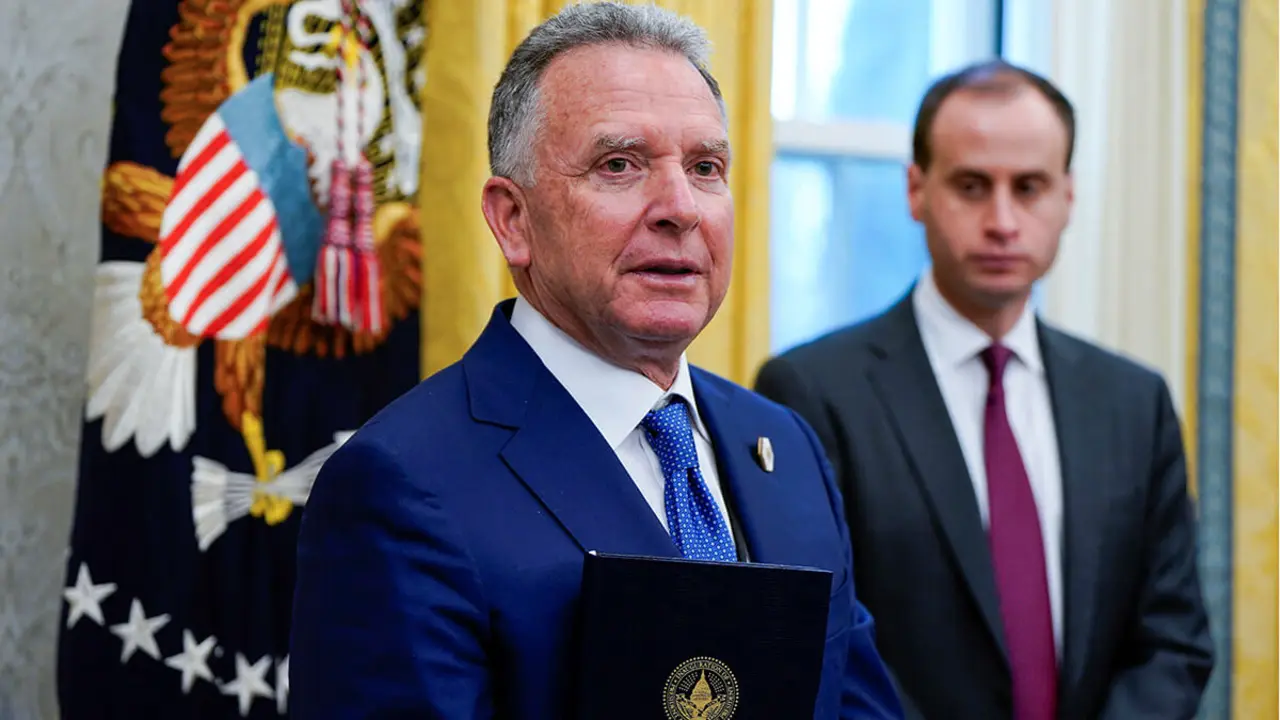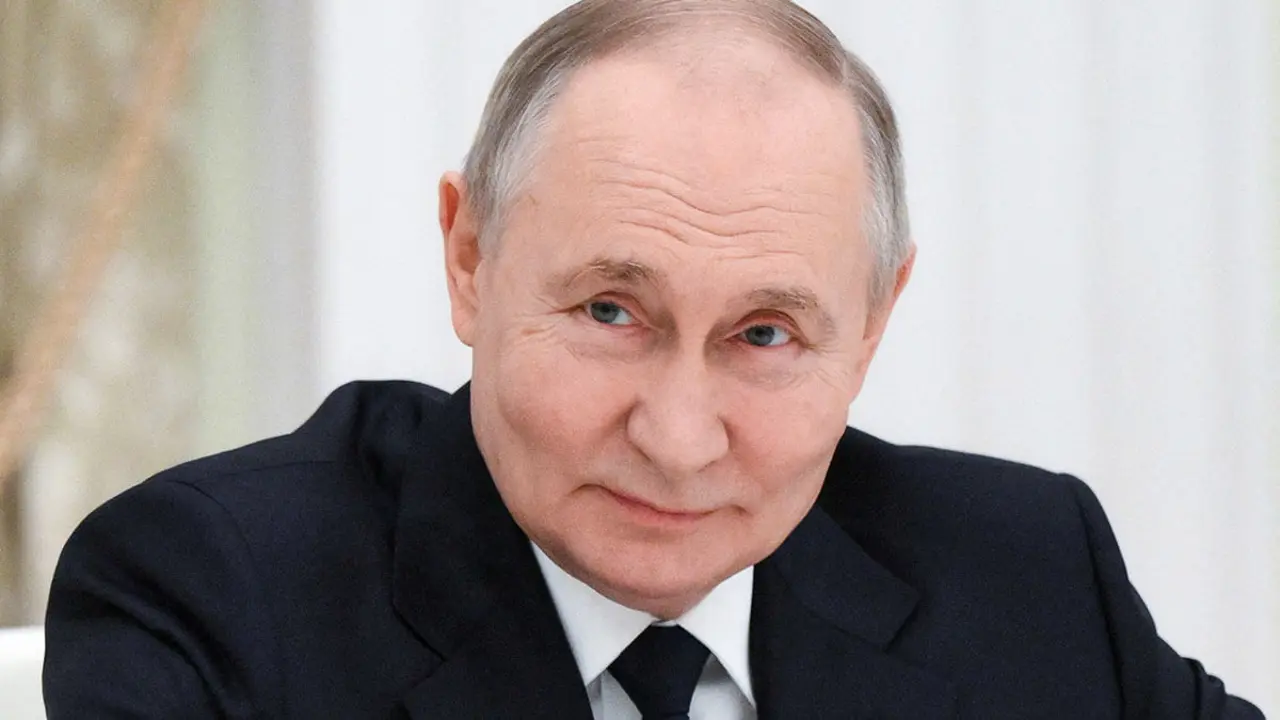US commits to increase liquefied gas exports to Europe
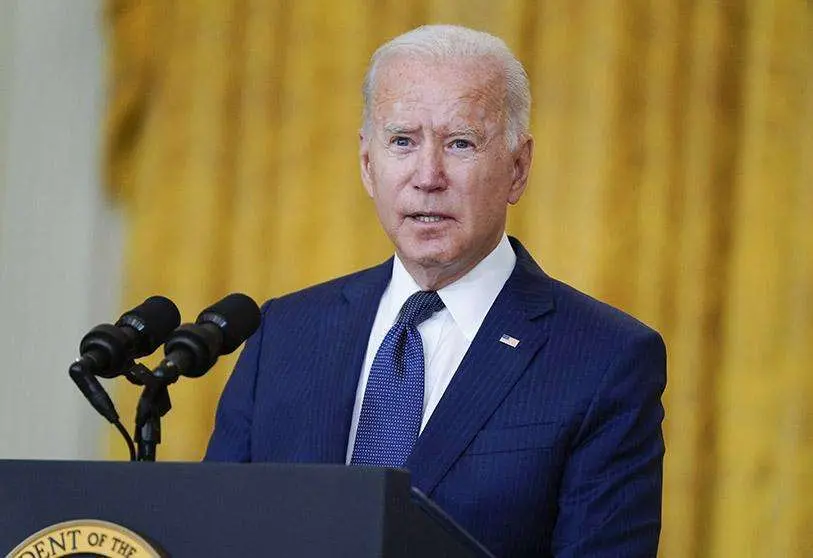
US President Joe Biden pledged Friday to European Commission President Ursula von der Leyen to send more liquefied natural gas to the European Union to reduce the continent's dependence on Russia.
The US President explained during a joint press conference with the Commission President that they had "agreed on a joint game plan toward that goal as we accelerate our progress toward a secure clean energy future". Biden also said that "this initiative focuses on two key issues, one to help Europe reduce its dependence on Russian gas as quickly as possible and, secondly, to reduce Europe's overall demand for gas".
Brussels also recalled that a regulatory framework for energy supply security and supply is being developed, Von der Leyen said that "the European Commission has proposed a regulation to ensure that storage is at 90% capacity by 1 November each year, with specific phase-in provisions by 2022".
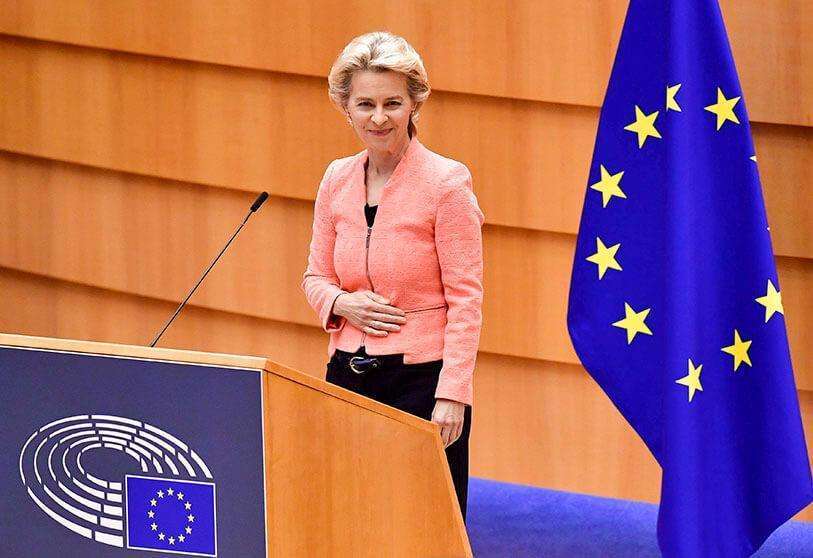
As reported by the Europa Press news agency, the Commission has also committed to "procure 50 billion cubic metres of US liquefied natural gas by 2030". During the joint communiqué, both the EU and the US have committed to reducing greenhouse gases produced by natural gas and pipeline gas. To this end, methane emissions will be reduced and new hydrogen infrastructure will be built.
The move to ship liquefied gas comes a week after the US announced an increase in natural gas exports to Europe and its allies. The gas would come from two of the country's largest terminals in Louisiana and Texas. This authorisation granted by the US president has relaxed the country's current regulations and will allow the two terminals to export some 20.4 million cubic metres of liquefied gas per day, reported the EFE news agency.
The agency also explained that "all terminals have permission from the US government to operate at full capacity and export all the liquefied gas they have available", and stressed that the US is the current world leader in liquefied gas production.
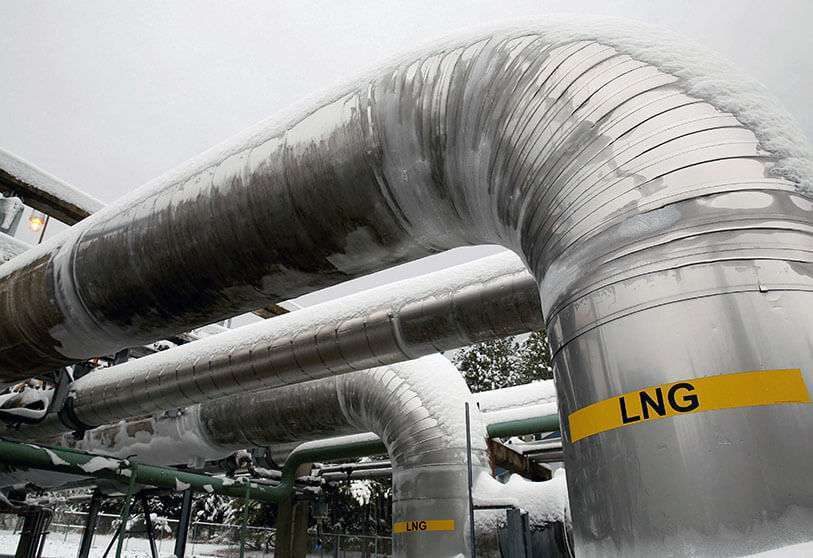
Despite EU and US efforts to end dependence on Russian gas, these measures are not enough to end it in the short term. According to a New York Times article published early Friday morning, the US is already exporting the maximum of its liquid gas production, and it would take two to five years to build mechanisms to bring the gas directly to Europe.
Former energy adviser Robert McNally explained in the US newspaper that "in the short term, there really aren't any good options, other than begging one or two Asian buyers to give up their LNG tanker for Europe". However, he said that once these gas terminals are built, the US could help Europe end its dependence on Russia.
In addition, there is the problem of transport. Unlike oil, liquid gas cannot be transported so easily. It has to be cooled, through a rather expensive process, at export terminals. The gas then has to be dumped into specialised tankers. Once the ships arrive at their destination, the process begins again, but in reverse, The New York Times explained.
Despite these complications, these measures are a first step towards weaning Europe off its dependence on Russian gas.
Americas Coordinator: José Antonio Sierra.


